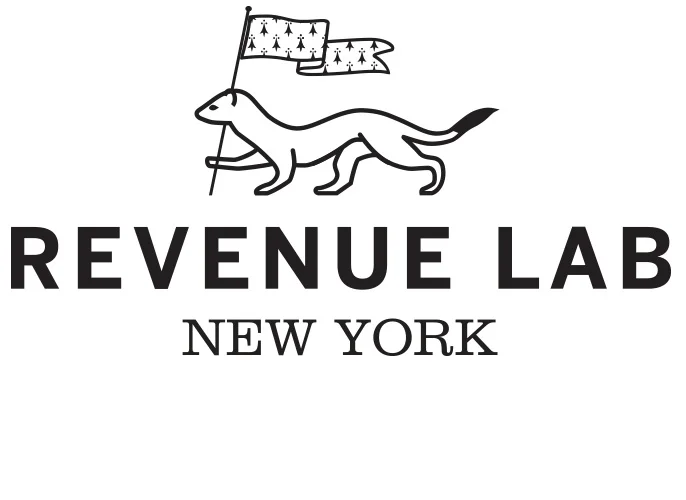Undoubtedly a reaction to how more and more people are getting their news, the Financial Times has launched Antenna, a curated stream of trusted tweets sourced from around the web. Even as other news publishers are testing these same waters - as they must - Antenna is a prime example of what can be learned by going live before the paint is dry. With it, the FT can learn what readers are most interested in, invite user feedback, and fast-iterate for revenue potential.
Overall: 6.0
Revenue Potential: 6
In keeping with its reader-revenue model, Antenna is seemingly destined to become another draw to the paywall and fodder for sponsored newsletters and mobile alerts once the product is honed by the data. For now, however, many of the tweets that come through Antenna are sourced from a third-party - the BBC and the Wall Street Journal, for example - and all clicks therefore aren't filtered to the FT paywall. The revenue potential seems low unless they can convert paywall climbers.
Value to Brand: 7
Antenna is a bold brand play. For the FT's subscribers "Only links to websites carefully selected by us can appear" carries much weight. The sourcing of third-parties also indicates to consumers that the FT is mainly concerned with reporting the news as best they can. Until then, the FT stands to learn a lot about this new fact of publishing (curated social headlines) and its audience.
User Experience: 7
A simple chronological feed, modeled after Twitter's timeline, the FT's Antenna is designed in such a way that the reader can easily graze over headlines to determine which stories are interesting and which can be passed over. Completely devoid of ads, the page is 100% committed to serving as an information feed for the reader.
Published by The Financial Times:
Antenna

